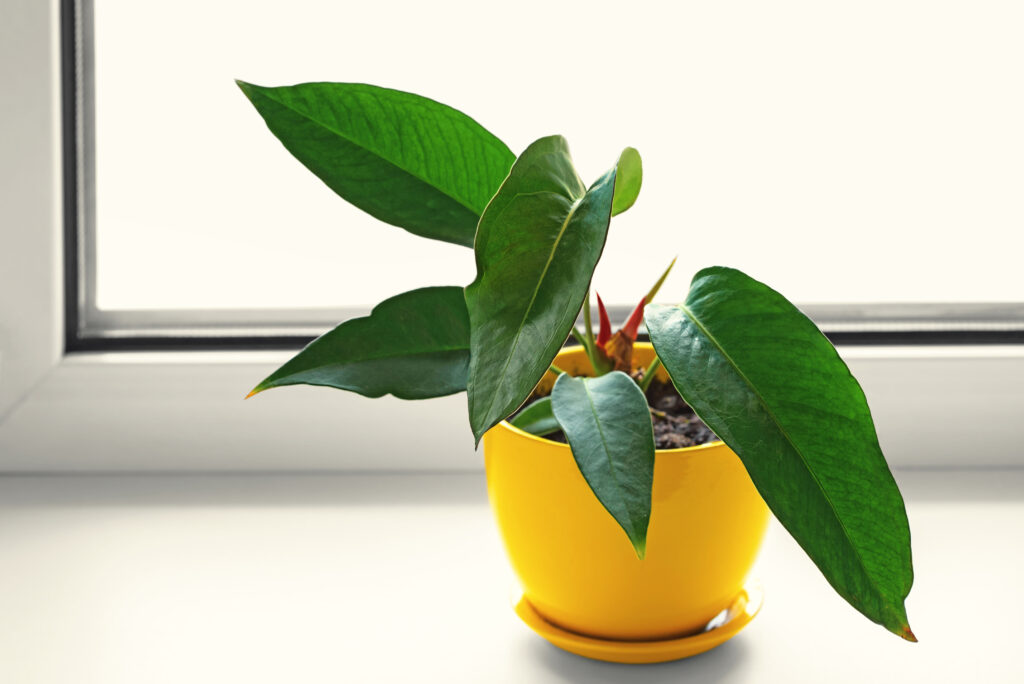Why a Proper Tropical Soil Mix Is Crucial
A nutrient-rich soil mix specifically designed for tropical houseplants can be the difference between ordinary pots and a flourishing indoor rainforest. Many tropicals hail from environments where nutrient-dense leaf litter and decaying organic matter constantly refresh the earth. Recreating that balance indoors ensures robust growth, healthy leaves, and fewer plant health issues over time.
Core Components of a Tropical Soil Mix
Achieving the ideal tropical soil mix starts with combining moisture-retentive materials like coco coir or peat moss with aerating elements such as perlite or pumice. This nutrient-rich blend holds water for thirsty roots while preventing oversaturation and root rot. You can also add coarse bark or horticultural charcoal for extra drainage and microbial benefits. Aim for a light, open texture that mimics a forest floor—soft yet well-draining.
Enhancing Soil with Organic Matter
Tropical houseplants thrive when a nutrient-rich soil mix includes organic components. Worm castings are a favorite choice, packed with beneficial microbes and slow-release nutrients. Leaf mold or quality compost also adds richness to your nutrient-rich tropical soil mix. Such materials break down gradually, feeding roots naturally over time. The result is lush foliage and improved resilience against common plant stressors.

Balancing pH for Tropical Houseplants
Most indoor tropicals prefer a slightly acidic to neutral soil pH, typically around 5.5 to 7.0. Acidic mixes can be moderated with lime, while mixes that are too alkaline might require additions like peat moss or elemental sulfur to lower pH. Since micro- and macronutrient availability depends on proper pH, checking levels occasionally helps keep your tropical soil mix in the sweet spot for vibrant growth.
Feeding Schedules and Fertilizer Choices
Even the best tropical soil mix may need extra nutrition during active growing seasons. Many plant owners opt for a balanced, water-soluble fertilizer applied at half strength every two to four weeks. Slow-release granules or spikes can work too, but they’re trickier to manage for exact dosing. Flushing pots with fresh water every couple of months clears out leftover salts or fertilizers, preventing harmful buildup.
Tailoring Your Tropical Soil Mix to Specific Plants
Different species have unique preferences. Philodendrons may thrive in a chunkier mix with coarse bark, while alocasias often require higher moisture retention. By researching each plant’s native conditions, you can tweak your tropical soil mix accordingly. For example, adding extra pumice helps plants prone to root rot, and an elevated organic component works wonders for moisture-loving ferns or calatheas.
Identifying Soil-Related Problems
Yellowing leaves, slow growth, or foul odors may suggest your tropical soil mix is retaining too much moisture or lacks oxygen. Repotting with a revised mixture can address these issues. If roots seem brown or mushy, carefully trim the damaged sections and switch to a more aerated medium. Remember that consistently soggy soil fosters pathogens, so balancing moisture and airflow is key.
Rejuvenating the Tropical Soil Mix During Repotting
Over time, roots deplete nutrients and break down organic matter, compacting the soil. Repotting every year or two revitalizes the substrate. Move the plant to a slightly bigger pot, remove old or diseased roots, and introduce fresh tropical soil mix. This process offers a chance to incorporate updated amendments, ensuring ongoing fertility and drainage. For large plants, topdressing—replacing just the top few inches of soil—can also help.
A well-crafted tropical soil mix acts like a supportive stage, letting your houseplants shine with lush, vibrant leaves. By finding the right balance of moisture, aeration, organic matter, and occasional feeding, you recreate the complex soil environments tropical species thrive in naturally. With each root anchoring firmly in its nutrient-rich home, your indoor jungle will flourish, showcasing healthy growth and the enchanting allure that only exotic greenery can bring.




